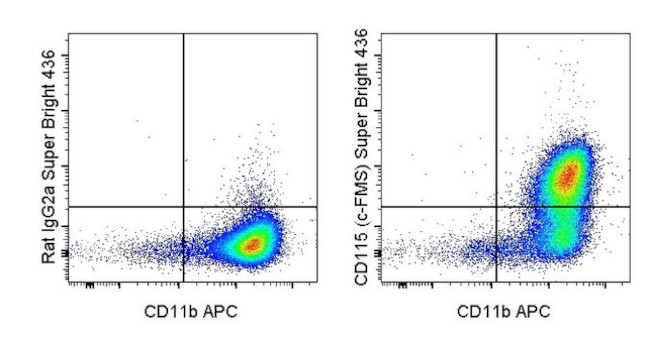Search Thermo Fisher Scientific
Invitrogen
CD115 (c-fms) Monoclonal Antibody (AFS98), Super Bright™ 436, eBioscience™
FIGURE: 1 / 20
CD115 (c-fms) Antibody (62-1152-82) in Flow

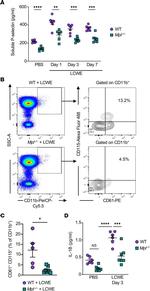
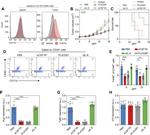

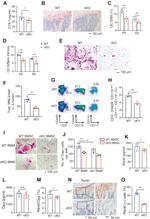
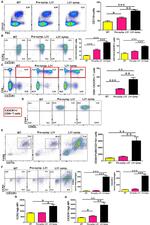
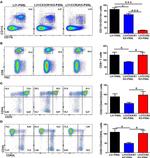
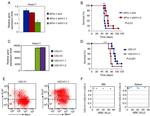
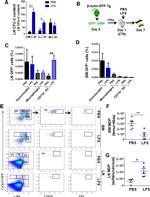
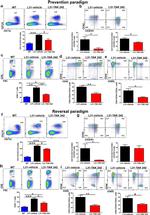
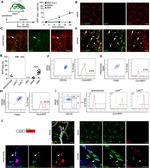
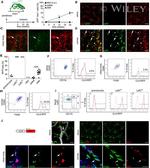
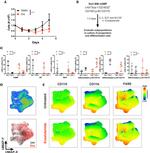
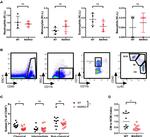
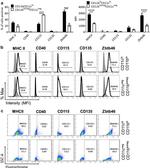
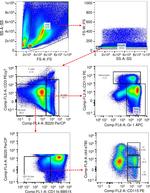
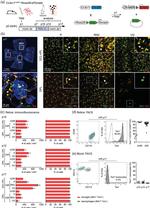

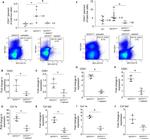
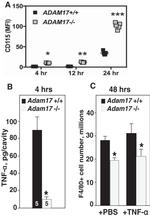
Product Details
62-1152-82
Species Reactivity
Published species
Host/Isotype
Recommended Isotype Control
Class
Type
Clone
Conjugate
Excitation/Emission Max
Form
Concentration
Purification
Storage buffer
Contains
Storage conditions
Shipping conditions
RRID
Product Specific Information
Description: The AFS98 monoclonal antibody reacts with the mouse CD115 molecule, a receptor for macrophage colony stimulating factor (M-CSF) or colony stimulating factor-1 (CSF-1). CD115 is expressed by monocyte, macrophage, osteoclast, and some epithelial cells. It is a 150 kDa c-fms gene product and belongs to immunoglobulin family. CSF-1 signaling through CSF-1R regulates the proliferation and differentiation of cells in the monocytic lineage.
Applications Reported: This AFS98 antibody has been reported for use in flow cytometric analysis.
Applications Tested: This AFS98 antibody has been tested by flow cytometric analysis of thioglycolate-elicited peritoneal macrophages. This may be used at less than or equal to 0.5 µg per test. A test is defined as the amount (µg) of antibody that will stain a cell sample in a final volume of 100 µL. Cell number should be determined empirically but can range from 10^5 to 10^8 cells/test. It is recommended that the antibody be carefully titrated for optimal performance in the assay of interest.
Super Bright 436 can be excited with the violet laser line (405 nm) and emits at 436 nm. We recommend using a 450/50 bandpass filter, or equivalent. Please make sure that your instrument is capable of detecting this fluorochrome.
When using two or more Super Bright dye-conjugated antibodies in a staining panel, it is recommended to use Super Bright Complete Staining Buffer (Product # SB-4401) to minimize any non-specific polymer interactions. Please refer to the datasheet for Super Bright Staining Buffer for more information.
Excitation: 405 nm; Emission: 436 nm; Laser: Violet Laser
Super Bright Polymer Dyes are sold under license from Becton, Dickinson and Company.
Target Information
CSF1R (FMS) is involved in the production, differentiation, and function of macrophages, and is implicated in promyelocytic leukemias. Ligand binding activates the receptor kinase through a process of oligomerization and transphosphorylation. CSF1R is a tyrosine kinase transmembrane receptor and member of the CSF1/PDGF receptor family of tyrosine-protein kinases. Mutations in the gene encoding CSF1R have been associated with a predisposition to myeloid malignancy.Tyrosine-protein kinase that acts as cell-surface receptor for CSF1 and IL34 and plays an essential role in the regulation of survival, proliferation and differentiation of hematopoietic precursor cells, especially mononuclear phagocytes, such as macrophages and monocytes. Promotes the release of proinflammatory chemokines in response to IL34 and CSF1, and plays an important role in innate immunity and in inflammatory processes. The first intron of the CSF1R gene contains a transcriptionally inactive ribosomal protein L7 processed pseudogene oriented in the opposite direction. Mutations in the CSF1R gene have been associated with a predisposition to myeloid malignancy.
For Research Use Only. Not for use in diagnostic procedures. Not for resale without express authorization.
How to use the Panel Builder
Watch the video to learn how to use the Invitrogen Flow Cytometry Panel Builder to build your next flow cytometry panel in 5 easy steps.
Bioinformatics
Protein Aliases: c-fms; CD115; CSF-1 receptor; CSF-1-R; CSFIR; EC 2.7.10.1; kinase CSFR; Macrophage colony-stimulating factor 1 receptor; OTTHUMP00000224093; Proto-oncogene c-Fms; proto-oncogene fms
Gene Aliases: AI323359; CD115; CSF-1R; Csf1r; Csfmr; Fim-2; Fms; M-CSF-R; M-CSFR
UniProt ID: (Mouse) P09581
Entrez Gene ID: (Mouse) 12978

Performance Guarantee
If an Invitrogen™ antibody doesn't perform as described on our website or datasheet,we'll replace the product at no cost to you, or provide you with a credit for a future purchase.*
Learn more
We're here to help
Get expert recommendations for common problems or connect directly with an on staff expert for technical assistance related to applications, equipment and general product use.
Contact tech support
